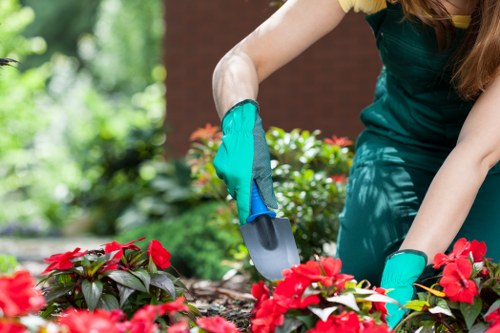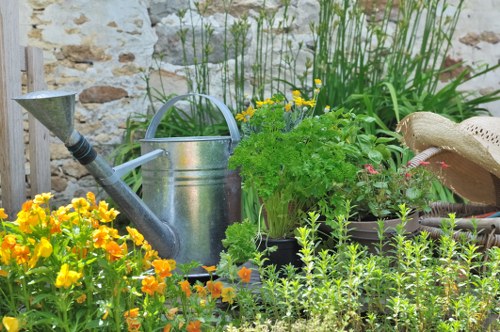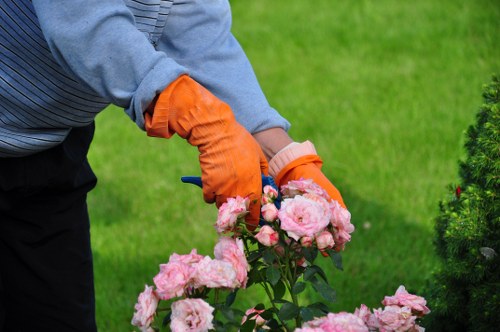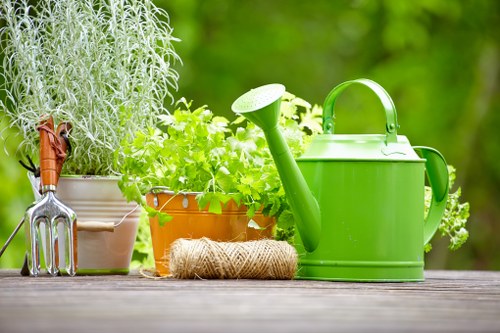Comprehensive Guide to Garden Maintenance for Poplar Trees

Poplar trees are a popular choice for many gardens and landscapes due to their fast growth and attractive appearance. Proper garden maintenance for poplar ensures these trees remain healthy and vibrant throughout the seasons. In this article, we will explore effective strategies for maintaining poplar trees, from pruning techniques to soil care.
Understanding the specific needs of poplar trees is essential for their upkeep. Poplars thrive in well-drained soil and require ample sunlight to grow to their full potential. Regular maintenance not only promotes healthy growth but also prevents common issues such as disease and pest infestations.
Watering is a critical aspect of poplar maintenance. While poplar trees are relatively drought-tolerant once established, they benefit from consistent watering, especially during dry spells. Deep watering encourages strong root development, which in turn supports the tree's overall health and resilience.

Pruning is another vital component of poplar maintenance. Proper pruning techniques help shape the tree, remove dead or diseased branches, and improve air circulation within the canopy. It's best to prune poplar trees during their dormant season to minimize stress and promote healthy new growth in the spring.
Fertilizing your poplar tree can provide the necessary nutrients for optimal growth. A balanced fertilizer applied in early spring and late summer supports robust foliage and strong branches. Be cautious not to over-fertilize, as this can lead to excessive growth and potential structural weaknesses.
Mulching around the base of the poplar tree helps retain soil moisture, regulate temperature, and suppress weed growth. Organic mulches such as wood chips or compost are ideal, as they gradually decompose and enrich the soil with essential nutrients.

Pest and disease control is crucial in maintaining the health of poplar trees. Common pests include aphids, caterpillars, and poplar borers, while diseases may manifest as leaf spots, cankers, or root rot. Regular inspections and early intervention can prevent these issues from escalating. Implementing integrated pest management strategies, such as introducing beneficial insects and using environmentally friendly pesticides, can effectively manage pest populations.
Soil health plays a significant role in poplar maintenance. Conducting soil tests can determine nutrient deficiencies and pH levels, allowing for targeted amendments. Incorporating organic matter improves soil structure, drainage, and fertility, providing a conducive environment for poplar roots to thrive.
Proper staking and support for young poplar trees ensure they grow straight and strong. Secure the tree to a stable stake with soft ties, allowing some movement to encourage flexibility and resilience against wind and other environmental stresses.

Seasonal care is essential for the ongoing maintenance of poplar trees. In the fall, clear away fallen leaves and debris to reduce the risk of disease and pest harboring. Winter protection may involve wrapping young trees to shield them from harsh weather conditions and prevent sunscald.
Regular monitoring and maintenance not only enhance the beauty of poplar trees but also contribute to the overall health and sustainability of your garden. By following these maintenance practices, you can enjoy the majestic presence of poplar trees for years to come.

In conclusion, garden maintenance for poplar trees involves a combination of proper watering, pruning, fertilizing, mulching, pest control, soil management, and seasonal care. By adhering to these guidelines, you ensure your poplar trees remain a stunning and healthy focal point in your garden.
